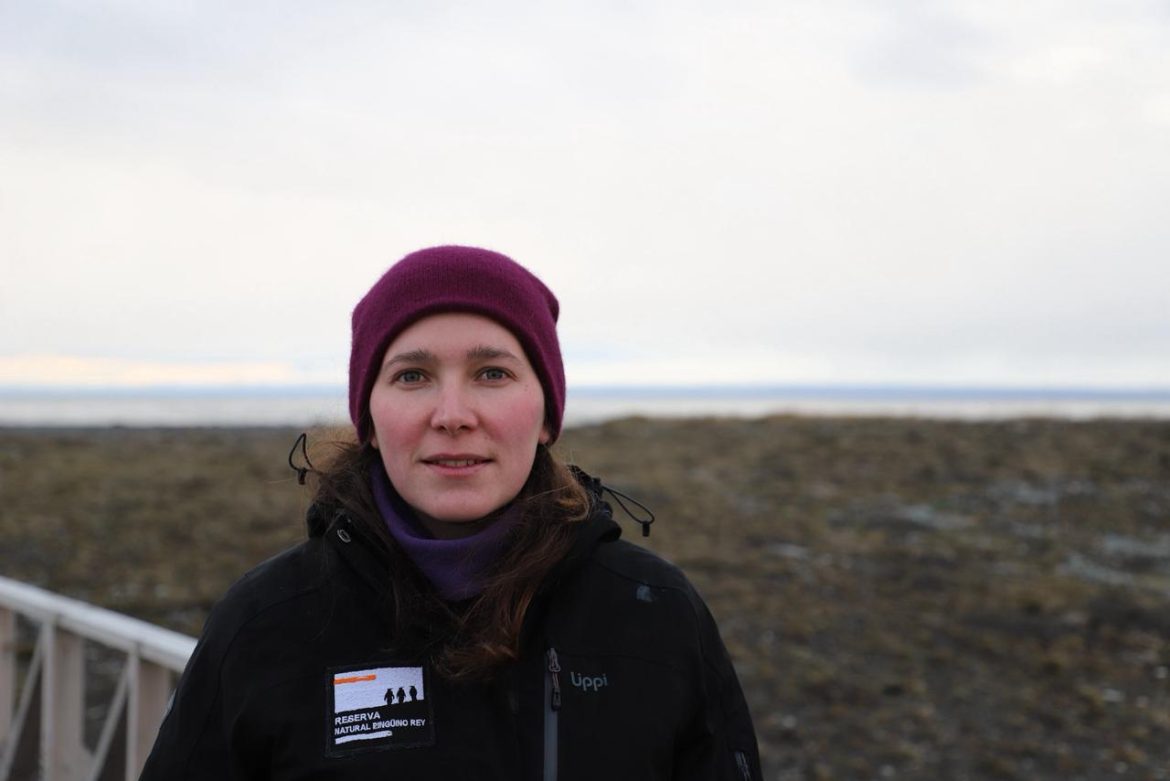There are 18 known species of penguins across the globe, and more than half of them are now considered vulnerable or endangered due to the combined effects of climate change, overfishing, and pollution. To understand the challenges facing these seabirds and the efforts to protect them, ESG Mena spoke with Aurora Fernández Durán, Executive Director of Reserva Natural Pingüino Rey and board member of ASÍ Conserva Chile. In this interview, Durán explains how environmental changes are affecting penguin populations, particularly in Antarctica, and how sustainable tourism is helping fund conservation work in southern Chile.
What is the current situation of penguins around the world?
There are about 18 different species of penguin, and around 10 of them are currently considered vulnerable or endangered. The biggest threats to these charismatic animals are pollution, industrial-scale fisheries, and climate change. In some parts of the world, large fisheries and global warming have a significant impact because penguins are forced to swim much longer distances to find food, as it becomes increasingly scarce near economic fishing zones. As a result, penguin populations in various areas are decreasing. For example, in Antarctica, some penguin populations are moving north or relocating to other parts of the region because the ice is melting.
You mentioned krill as an essential part of the penguins’ diet. What is the situation with krill now?
Krill need specific parts of the ice during their breeding season. When the ice breaks or melts, they lose these crucial areas. This affects their ability to reproduce effectively. I wouldn’t say krill are in immediate, large-scale danger everywhere, but in some parts of Antarctica, they are not reproducing at the necessary rate to sustain their populations. This, in turn, affects other species such as penguins, which rely heavily on krill as a food source.
So, penguins are struggling because their main food source is decreasing?
Exactly. When krill populations decline, penguins don’t have enough food. That’s one of the main reasons they’re forced to travel longer distances in search of it.
Are the penguins you work with kept in captivity, or do they live freely?
The penguins are completely wild. They live freely in the reserve. In our area, we have around 200 king penguins. Globally, there are about one million king penguins around the Antarctic region, but the colony where I work is a small one.
Do you or your organization intervene in their environment, or is it purely a research effort?
We don’t interfere with their natural behavior. We carry out research and monitoring activities to better understand the species and the effects of environmental changes on them.
How is your work funded? Do you receive government support?
No, the Chilean government manages public protected areas, while private reserves like ours operate as voluntary conservation efforts. This means we have to sustain ourselves financially.
So how do you generate income to support your operations?
We rely on sustainable tourism. We organize guided visits to the reserve, and the entrance fees help us fund our conservation projects, research programs, staff salaries, and equipment. Visitors come from all over the world—about 100 different nationalities in total.




